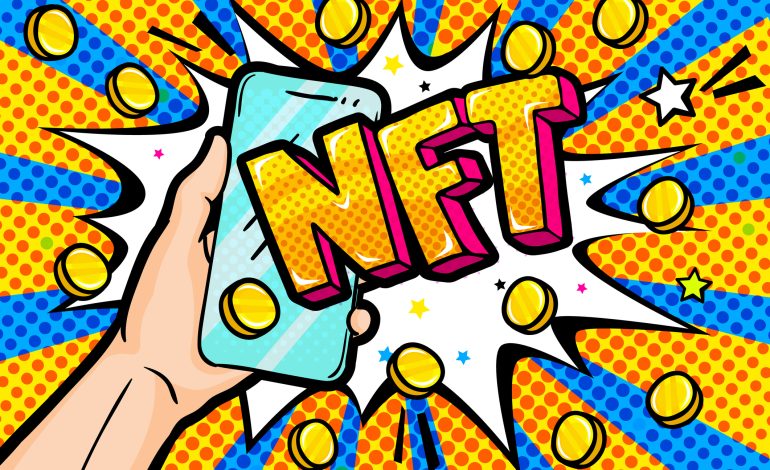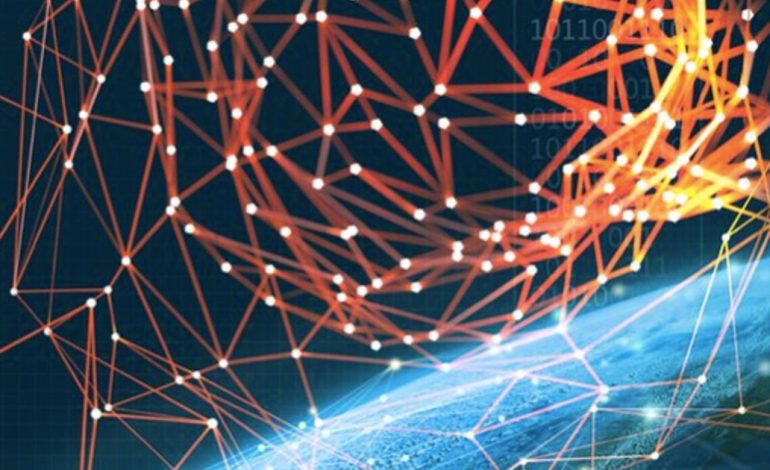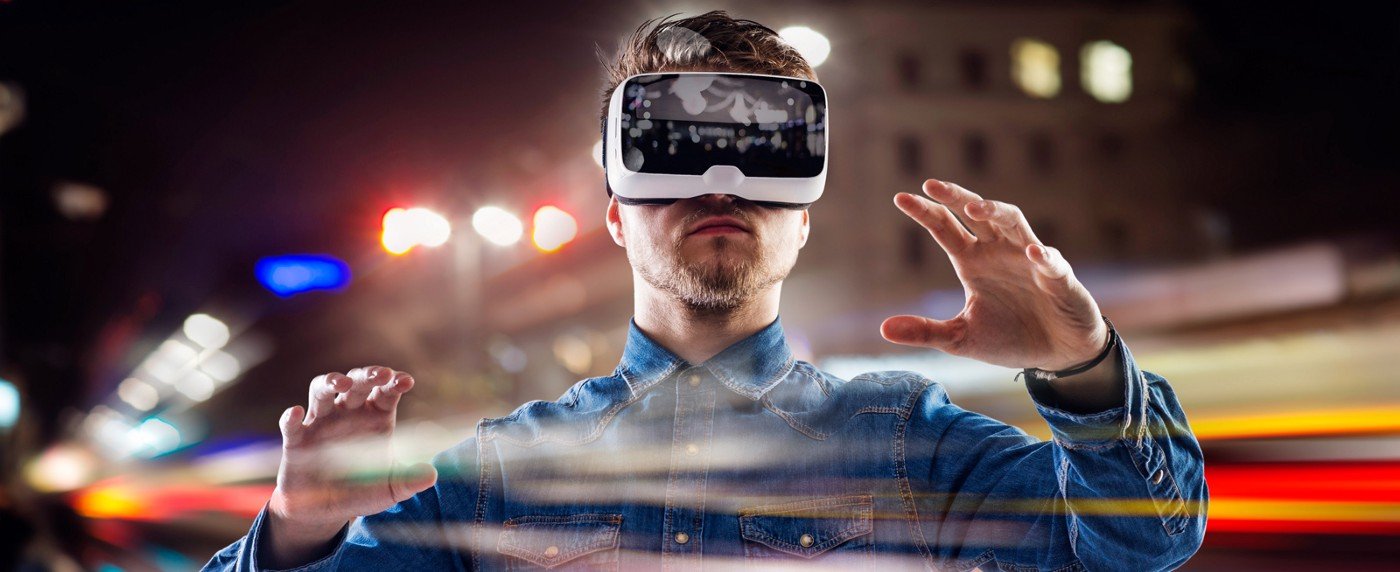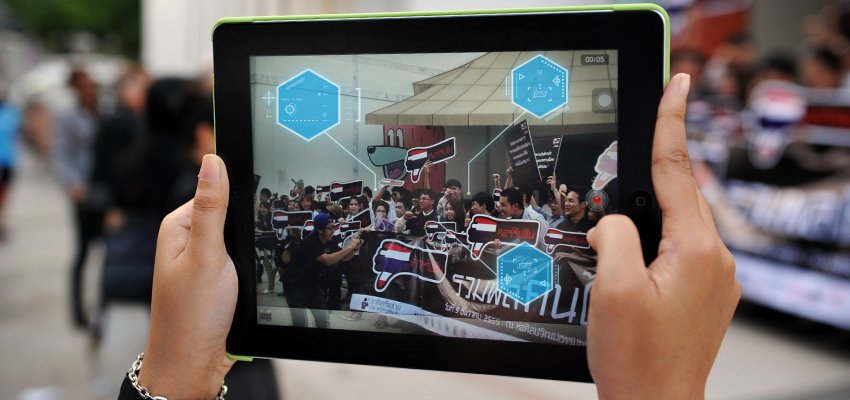How Music And Concerts Are Getting In The Groove of Augmented Reality

The augmented reality technology is already charting the course in many industries, and music and concerts are not left out. So far, we’ve seen some applications of augmented reality in music concerts and it has only just begun.

Like any other industry, the music space has seen some waves of revolution, each promising to save the industry and give it hope for a more profitable future. These moves usually follow new advancements in technology as they apply to media and entertainment, especially with the promise of serving the audience in better ways.
One of such moves was the switch to online streaming of music which saw the likes of SoundCloud, Spotify and Apple Music emerge; and now there are so many platforms offering this service. Music streaming brought a huge leap in revenue generation for players in the industry who were already seeing drops in the figures. But it was only able to achieve that by increasing the accessibility of music to users all over the world.
Well, now we’ve long gone over the issue of access. The digital media technology has solved (and is still taking care of that). Beyond increased and easy access to music, what else are listeners and audiences looking for?
Experience. Engagement. Interaction.
In its basic functioning, augmented reality seeks to enhance how we interact with the world around us, by using digital information to give us different experiences that bring real-world objects to life in exciting ways. Since augmented reality does not take us away from our real world, it is positioned to be the tool to drive the next wave in the music industry.
Some Examples We’ve Seen So Far
So far, there have been several instances where augmented reality has been applied in the music scene, most of which are at concerts and other music events. A major music festival where AR has been used is the Coachella. In previous years, the ticket boxes have been made to use AR (via a user’s phone and an app) to display the dioramas of the festival.
Some years back, a hologram of Tupac Shakur was used to bring to fans an experience of the late singer performing on stage.
Eminem also created an augmented reality experience at the 2018 Coachella for his fans during his performance. A special app, the Eminem Augmented app, was built for this purpose. With it, members of the audience were able to see startling images on his set, including a plate of meatballs and spaghetti overturning on them.
Since concert attendees often like viewing the performance through the live recording on their phones, which is often frowned at, Eminem just found a way to make it an interesting experience.
According to his manager, “…if the phones are going to be there and people are going to be putting them up in the air and looking at them anyway why don’t we provide a way to maybe change the way they’re perceiving the show?”
This year, Coachella went further to create more augmented reality experiences for attendees. An augmented reality experience was also designed for its Sahara Tent stage that allowed the audience to hold up their phones between performances and see space-themed AR elements interact with the stage and audience. These things were achieved using the Coachella app.

As part of its Experience + Innocence tour in 2018, U2 used augmented reality to create a giant avatar version of Bono, which audience members were able to see using their phones. A custom made app, U2 Experience, was designed to bring users several AR images and videos. The trigger was a block of cinema screen at the centre of the arena which played a series of charcoal drawings. These drawings were then transformed into an AR experience.

Opportunities for AR in Music
We’ve seen some instances of augmented reality in music concerts, which are all applaudable. Now, let’s look more closely and identify the various ways this technology comes to play in the music space.
Concert Experiences
Following the examples we’ve seen so far, it is obvious how augmented reality is able to transform live performances and give concert attendees new experiences. Apart from displaying fun images on the stage, AR can be used to bring songs to live by displaying characters on stage that are mentioned in the song or that demonstrate the message in it.
Event Guide
AR can be used to provide music event attendees with real-time guide such as directions to help them navigate around the venue, point them to the restroom, provide them with the line up of activities, etc.
Music Event Livestream
AR can be used to bring concerts and tour experiences to the home of fans who are not able to attend the event. Live Nation is creating a suite of augmented reality products, and one of the features is the AR Livestream that will allow fans to experience the festival from anywhere. When the app is pointed to a flat surface, “a three-dimensional, four-sided viewer that can be rotated will appear for fans to view selected performances – live from the festival.”
Marketing and Promotions
Concert and tour promotions can become more effective by employing augmented reality to give people teasers of what to expect at the event. Markers can be built into offline promotional materials, which, when viewed, would play out very creative images and videos stir up a desire for the event.
Music Education
AR is currently being used for teaching and training in different industries, like medicine, academics and even in manufacturing. In the same vein, it can be used to enhance music education. So far, we’ve seen this being used more for guitar lessons, but other instruments and knowledge areas can also benefit from it.
In 2017, Teomirin, a HoloLens app, was created to teach people how to play the piano. Watch the clip below.
The potentials are big, and the music industry has only started to scratch the surface of what it can achieve using augmented reality in music concerts and other areas. The goal is to create better experiences for music lovers, and as long as this is pursued, there will continue to be growth in the industry.
- https://www.engadget.com/2019/04/12/coachella-cameras-augmented-reality-sahara-tent/
- https://www.verizon.com/about/our-company/fourth-industrial-revolution/augmented-reality-will-change-concerts-forever
- https://www.dezeen.com/2018/05/09/es-devlin-augmented-reality-avatar-bono-u2-set-design/
- https://www.hypebot.com/hypebot/2019/06/live-nation-adds-augmented-reality-to-concert-experience.html
- https://techcrunch.com/2018/04/16/the-eminem-ar-show/
- https://vrvisiongroup.com/augmented-reality-at-music-festivals/




